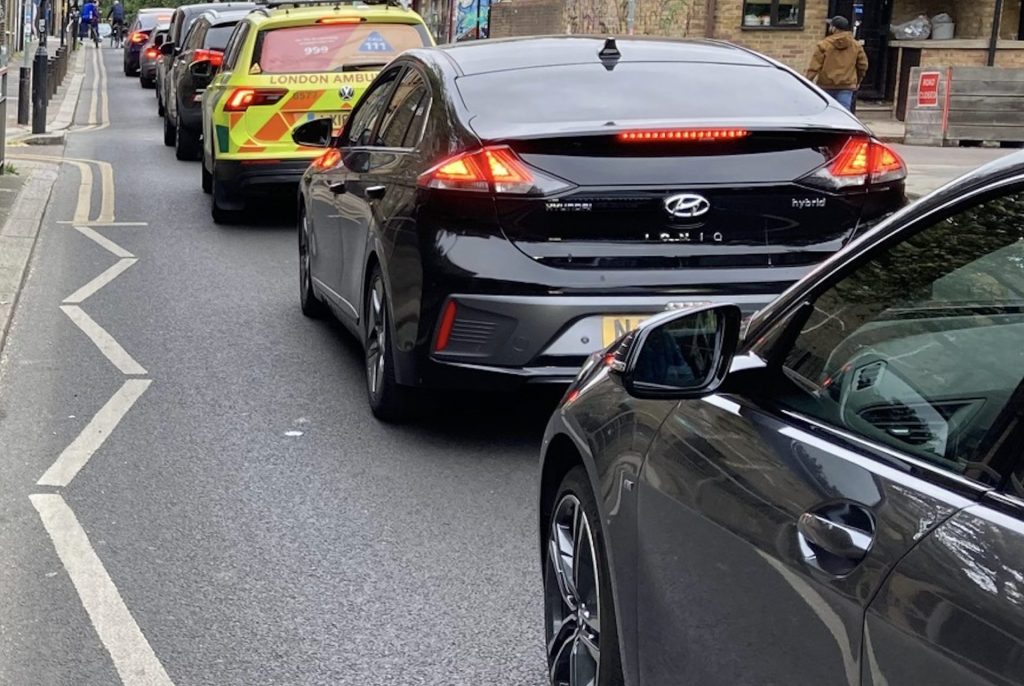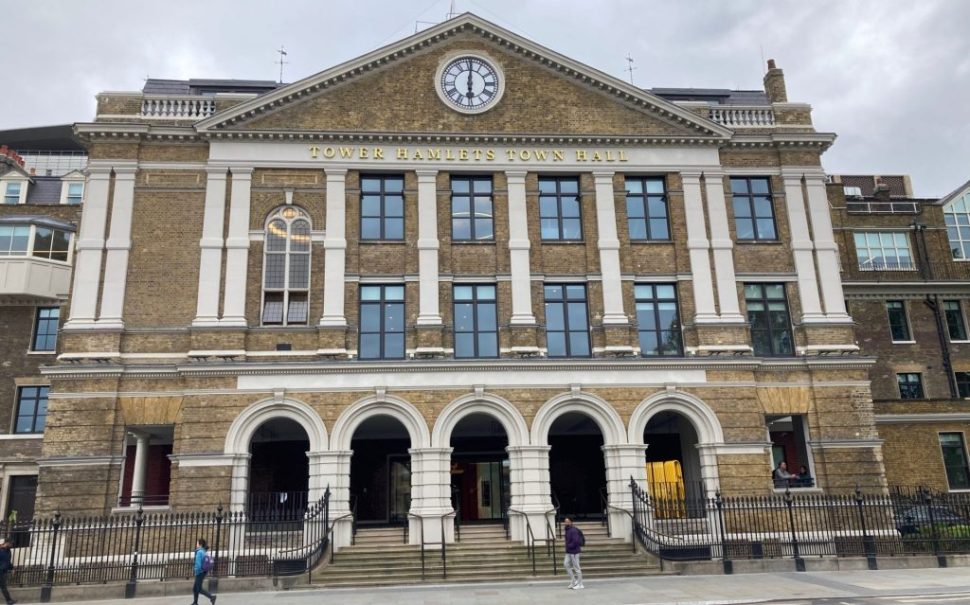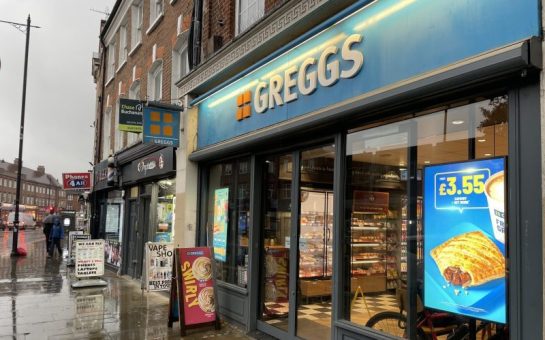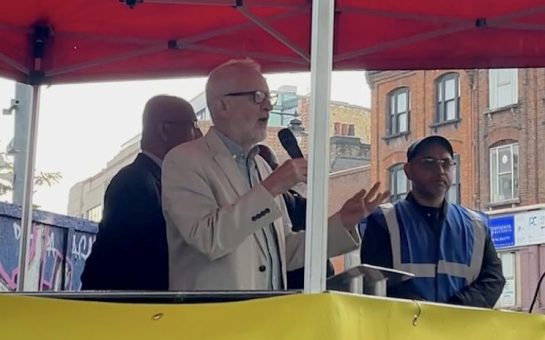The borough of Tower Hamlets saw increased car use in the 2010s – the only borough in Greater London to do so.
Car use in the borough is predicted to keep on rising, despite the overall trend away from driving in the capital.
According to data published last week by the London Cycling Campaign (LCC), modal share for cars (the percentage of all trips taken by car) declined in all other London boroughs in the period 2010-2020.
In all but four of the 32 boroughs, it is predicted to keep on falling over the next three years.
The steepest decline was seen in Hackney, at 37%.
The average declines for Inner and Outer London were 10% and 8% respectively.
Upwards trajectory
The LCC report notes: “It is quite startling that mode share for private motor traffic in Tower Hamlets remains so high and was on a trajectory upwards pre-pandemic.
“Perhaps this is unsurprising when the current Mayor of the borough, Lutfur Rahman, was elected on a platform to rip out measures to restrict and reduce car use.”
Campaigner Oli Rake from Better Streets for Tower Hamlets said: “The council needs to accomplish a serious change in residents’ travel habits.
“The mayor and the council have told us that they take the climate emergency seriously.
“It’s time to turn those words into actions.”

Low rate of car ownership
Tower Hamlets has the second lowest rate of car ownership in the country after the City of London.
The latest Centre for London analysis reveals that two thirds of households do not have a motor vehicle and according to Transport for London, 71% of residents do not own a car.
Rahman’s Aspire Party has pledged to remove measures introduced by his predecessor to discourage car use.
A council document entitled A Cleaner and Greener Future for Tower Hamlets pledges “to make roads in our borough more accessible, particularly for those who depend on their car”.
Two consultations on traffic-reduction measures have been carried out since Aspire was elected to power last year.
The results of the second consultation showed a majority in favour of keeping the measures and the council is currently deciding how to respond.
Sharp contrast
By contrast, the neighbouring borough of Hackney has seen the steepest decrease in car use of all the boroughs, with modal share decreasing by 37%.
The sharp decline has been put down to widespread coverage of low-traffic neighbourhoods (LTNs), which ban through-traffic, and a large network of bike lanes.
The council is aiming for 75% overall LTN coverage and 100% residential coverage by 2025.
It is also exploring the possible introduction of road user charging, which would make it the first London borough to do so.
The number of vehicle miles driven in London has been rising steadily since 2013 (discounting the pandemic) but modal share for private motor vehicles in is in decline, from just under 40% in 2012 to 35% in 2020. It is predicted to decline to 30% by the end of the decade.
Tower Hamlets has not responded to a request for comment.





Join the discussion